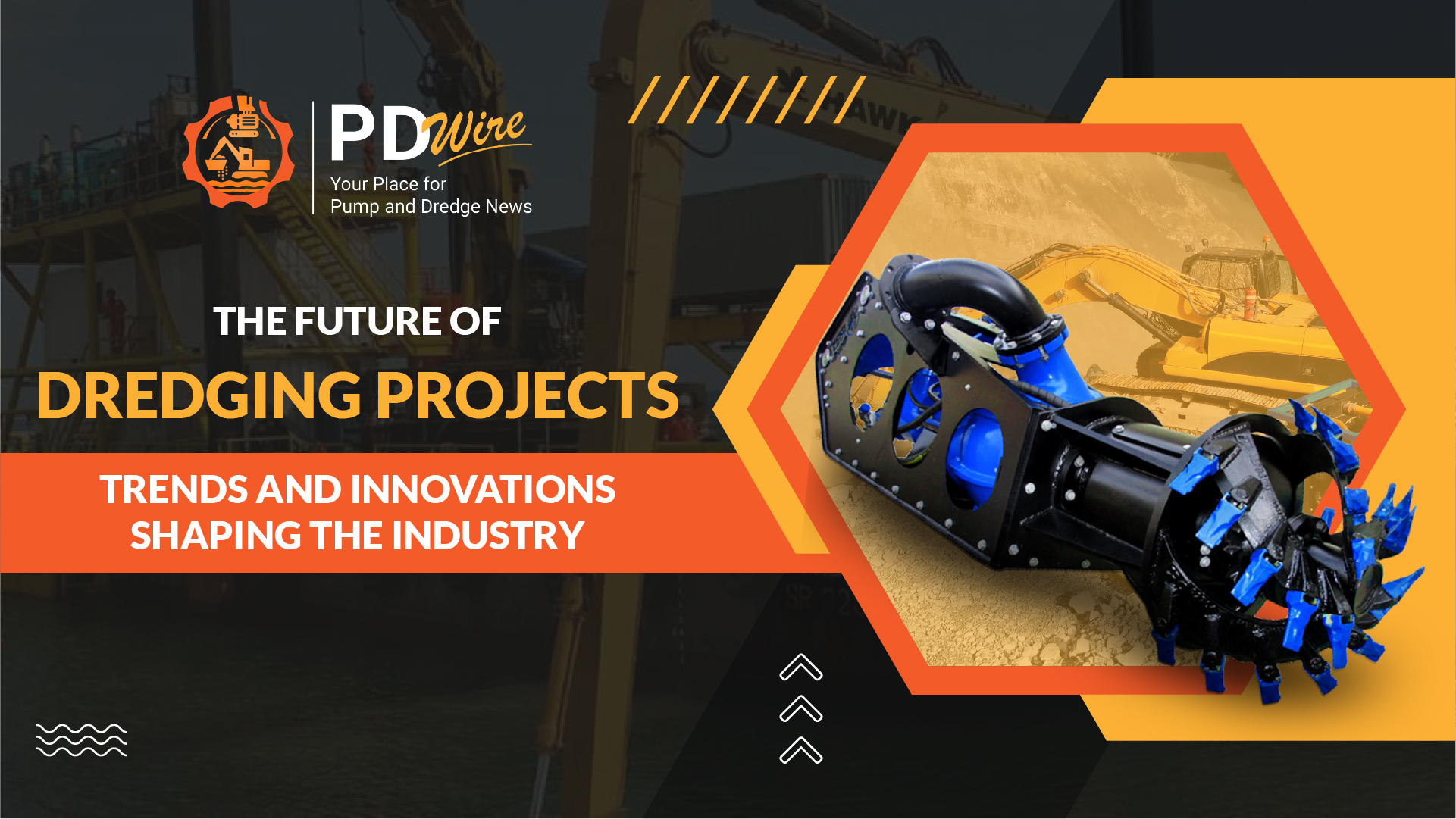Adoption of Advanced Dredging Technologies
The dredging industry is experiencing a dynamic transformation as it adapts to new technologies and growing environmental demands. As dredging projects become more complex and larger in scale, staying at the forefront of technological advancements is critical to ensuring both efficiency and sustainability. Recent dredging efforts have focused on improving operational capabilities, reducing environmental impacts, and streamlining project management, and the future of dredging is poised for innovation. This article explores the trends and cutting-edge technologies that are revolutionizing the industry, offering a glimpse into the future of dredging.
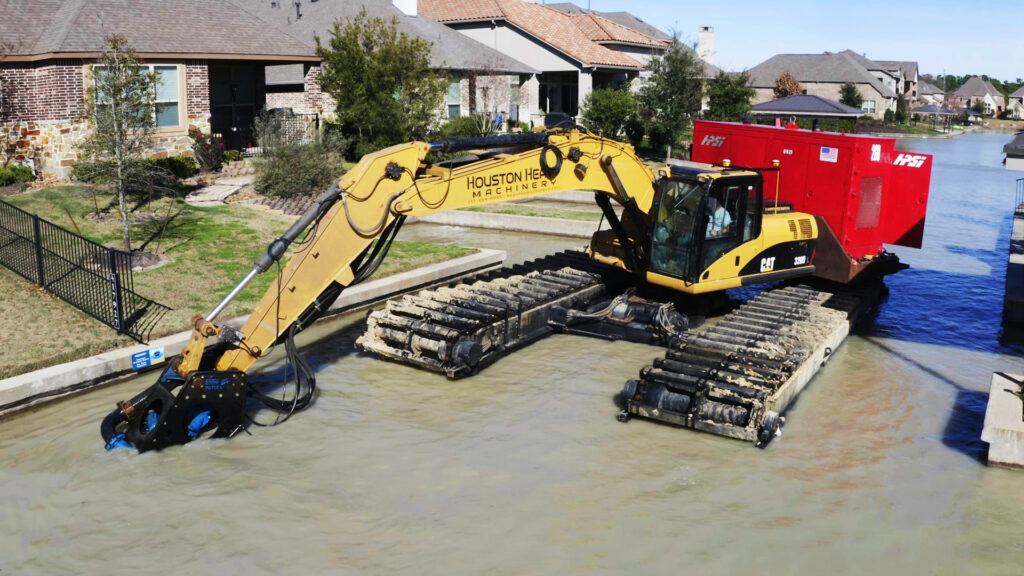
Automation and Remote-Controlled Dredgers
Automation is increasingly becoming a cornerstone in modern dredging projects. Remote-controlled dredgers equipped with automated systems enhance safety and boost operational efficiency by minimizing human intervention in hazardous environments. Companies like Jan De Nul and DEME are at the forefront of adopting these technologies, using remote-controlled dredgers to carry out precision work in difficult-to-access locations while reducing the risks to their personnel. In dredge project news, more companies are moving toward automation to stay competitive and ensure safer operations.
AI and Machine Learning in Dredging Operations
Artificial Intelligence (AI) and machine learning are making their mark on dredging by optimizing operations through predictive maintenance and real-time performance adjustments. These technologies analyze large data sets to detect potential failures before they happen, allowing operators to plan maintenance and avoid costly downtime. By leveraging AI, companies can make data-driven decisions, enhancing resource allocation and boosting overall project efficiency. As recent dredging projects increasingly incorporate AI, the industry is set for a more predictive and proactive operational approach.
Hydrographic Survey Innovations
Accurate hydrographic surveys are essential to efficient dredging projects. The integration of advanced sonar systems and drone technologies has revolutionized the way dredging sites are mapped. These high-precision tools allow for better site assessments, which in turn optimize dredging efforts. Drones equipped with LiDAR and sonar systems provide real-time data, ensuring that dredging is carried out with pinpoint accuracy, reducing errors and saving time.
Sustainable Dredging Practices
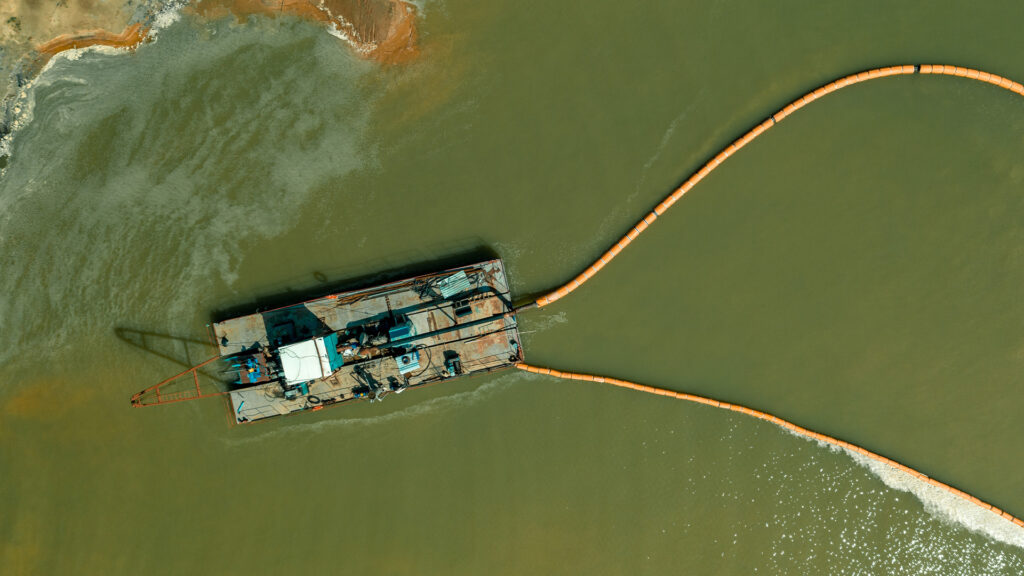
Environmental Impact Reduction
With an increased focus on environmental sustainability, the dredging industry is under pressure to minimize its ecological footprint. Eco-friendly dredging techniques, such as using silt curtains and turbidity monitoring, help contain sediment plumes and protect marine life. Additionally, innovative sediment management solutions are reducing the harmful effects on habitats. Recent dredging projects have demonstrated a clear trend toward environmental stewardship, signaling a shift in the industry’s priorities.
Sediment Reuse and Beneficial Use
One of the most promising sustainable practices in dredging projects is the reuse of dredged materials. Instead of discarding sediment, it can be repurposed for land reclamation, beach nourishment, or even wetland restoration. A prime example of this is the Netherlands’ Sand Motor project, where dredged sand was used to rebuild eroded coastlines. This proves that sediment reuse can provide environmental benefits while also supporting coastal protection, setting a precedent for future dredge project news.
Regulatory Changes and Sustainability Standards
As environmental regulations become more stringent, dredging companies are increasingly adopting international sustainability standards, such as ISO 14001, to demonstrate their commitment to reducing environmental impact. These changes push the industry to innovate continuously, ensuring compliance while maintaining operational efficiency. Recent dredging regulations highlight the growing need for the industry to adapt to greener practices.
Innovations in Dredging Equipment
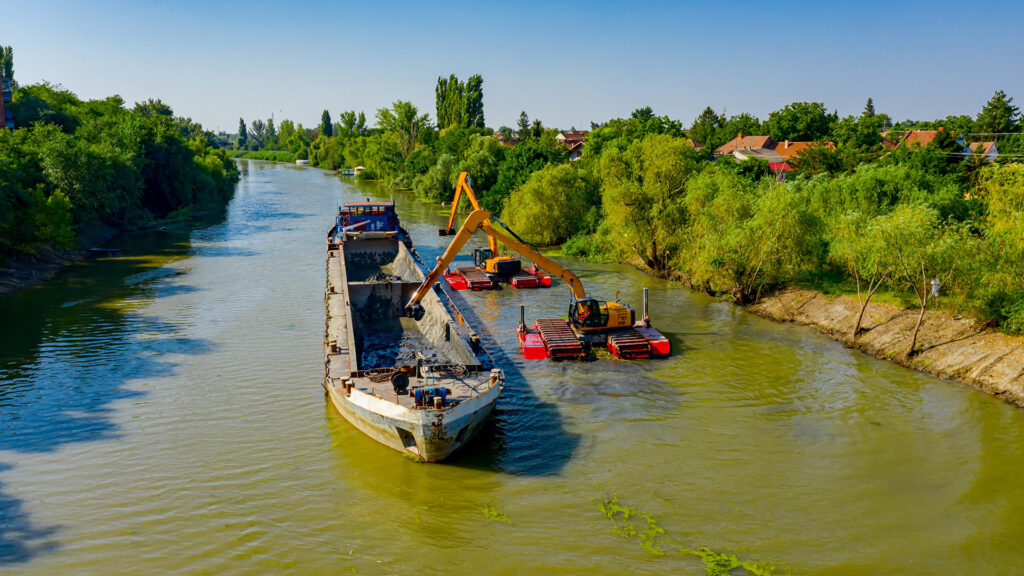
Electric-Powered Dredgers
In response to the global shift towards reducing carbon footprints, electric-powered dredgers are emerging as a viable alternative to traditional diesel-powered vessels. These dredgers not only reduce greenhouse gas emissions but also cut fuel costs. However, challenges such as infrastructure requirements and the availability of charging stations at ports must be addressed to enable broader adoption. Dredge project news frequently covers the advancements in electric dredging technology as the industry moves toward cleaner energy solutions.
Hybrid Dredging Equipment
Hybrid dredging equipment combines hydraulic and electric power sources, offering greater flexibility in operations. The hybrid approach balances the power demands of large-scale dredging projects while minimizing fuel consumption. This innovation brings long-term sustainability benefits by reducing operational costs and environmental impact, a focus in many recent dredging endeavors.
Advanced Pump Technology
Efficient material handling is essential for any dredging project, and high-efficiency dredge pumps play a pivotal role in achieving this. The latest pump technology incorporates wear-resistant materials, which extend the lifespan of equipment, reduce maintenance needs, and improve overall project outcomes. As equipment evolves, it is becoming more durable and reliable, helping dredging projects achieve their objectives more effectively.
Digitalization of Dredging Projects
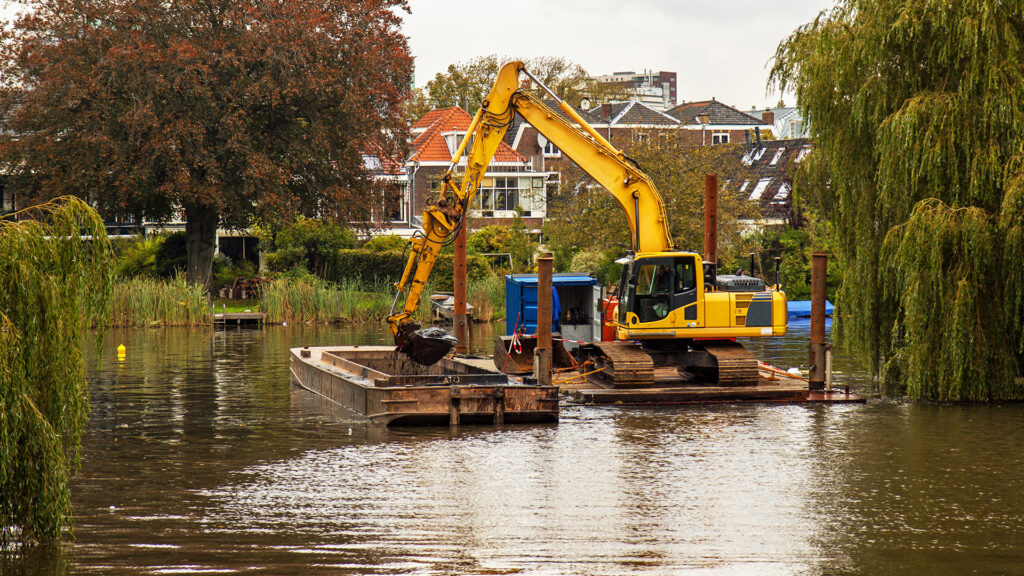
Integration of Dredging Information Models (DIM)
Digitalization is transforming dredging project management through the use of Dredging Information Models (DIM). DIM allows for real-time project tracking, enabling operators to monitor progress, anticipate delays, and adjust strategies accordingly. Digital twins, which replicate physical dredging environments, facilitate better decision-making and enhance collaboration among stakeholders, an important factor in recent dredging projects.
Smart Dredging Operations
The Internet of Things (IoT) is finding its way into dredging projects, creating interconnected systems that allow for seamless communication between equipment. With IoT, operators can monitor equipment remotely, identify malfunctions in real-time, and perform diagnostics through cloud-based systems, improving operational efficiency and reducing downtime.
Big Data Analytics for Project Optimization
Big data analytics is providing a competitive edge in dredging projects by enabling companies to make informed decisions based on comprehensive data analysis. By predicting project outcomes, optimizing resources, and reducing downtime, big data is transforming dredging from a reactive to a proactive industry, making it a game-changer in the future of dredge project news.
Climate Resilience and Coastal Protection
Dredging for Climate Change Mitigation
As climate change intensifies, dredging projects are playing an increasingly important role in coastal fortification and flood protection. Dredging is vital in addressing rising sea levels, storm surges, and coastal erosion. Countries like Bangladesh and the Netherlands are investing heavily in dredging as part of their climate resilience strategies, using dredged materials to reinforce their coastlines and protect against flooding. This showcases how recent dredging efforts are crucial in this context.
Innovative Coastal Dredging Techniques
Nature-based solutions (NBS) are becoming a key part of modern dredging projects, especially for shoreline stabilization. Projects like the Sand Motor in the Netherlands use natural sedimentation processes to build and strengthen coastlines, providing a sustainable defense against environmental changes.
Conclusion
A combination of technological innovations, sustainable practices, and new financial models is shaping the future of dredging projects. As the industry continues to evolve, companies that embrace these changes will not only improve efficiency but also ensure long-term sustainability. Staying ahead of these trends is crucial for maintaining a competitive edge in an increasingly complex and environmentally conscious industry. By keeping an eye on dredge project news, businesses can adapt and thrive in this ever-changing landscape.
